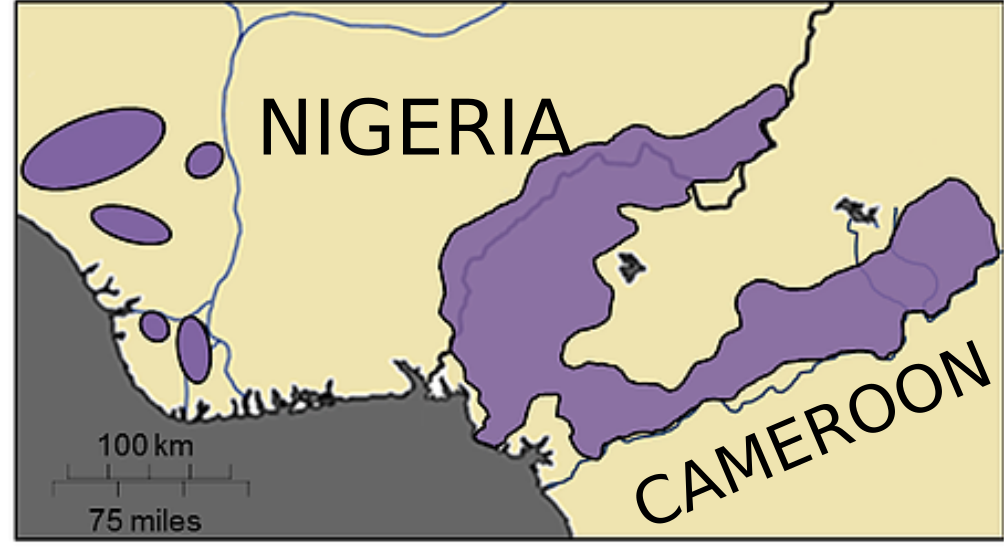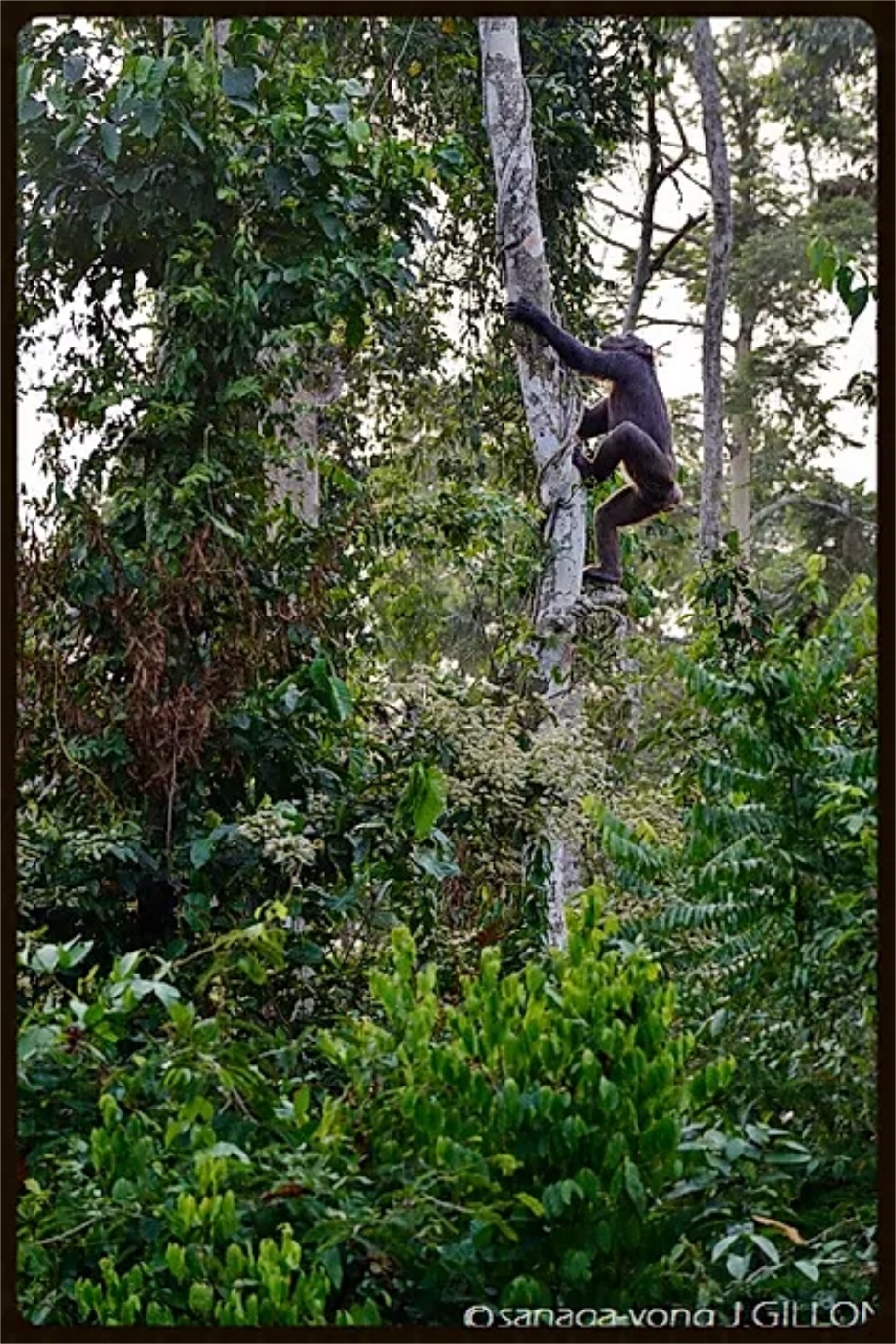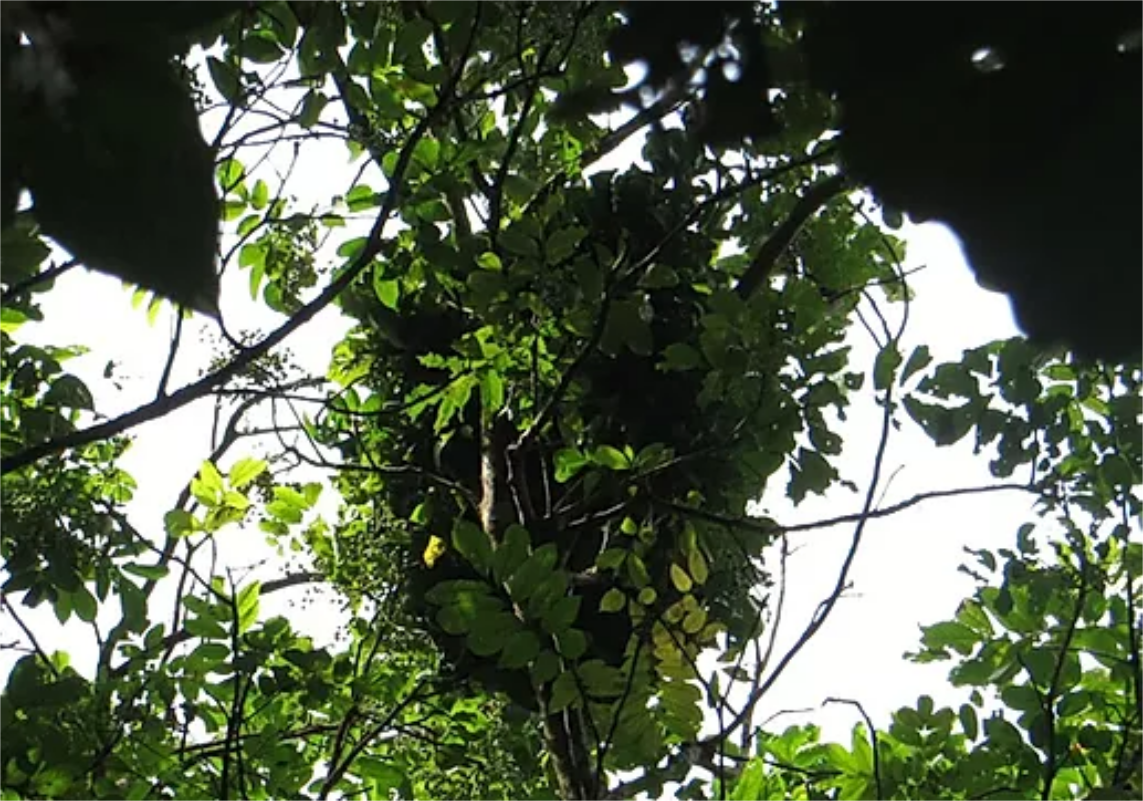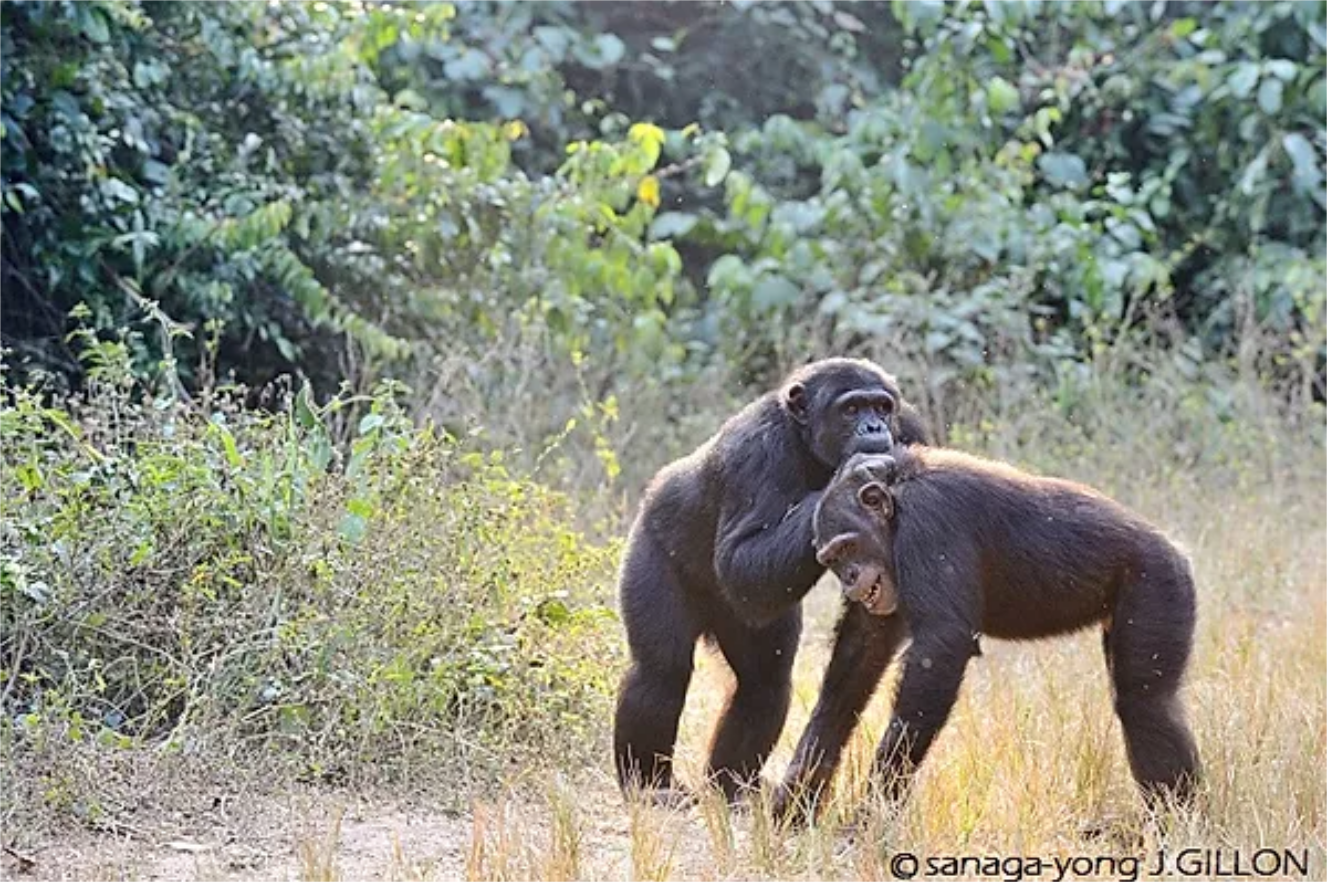Nigeria-Cameroon Chimpanzee
(Pan troglodytes ellioti)
Geographic Range: Exclusively restricted to Nigeria and Cameroon, North of the Sanaga River
Conservation Status: IUCN Red List: ENDANGERED
Cameroon Classification: Class A (integrally protected)




The Nigeria-Cameroon chimpanzee
The Nigeria-Cameroon chimpanzee is endemic to West Cameroon and South-East Nigeria. It is the rarest and least studied subspecies of chimpanzees with less than 6,500 individuals in the wild. They suffer from large scale deforestation (mostly for palm plantations and timber exploitation) as well as local farming-cattle herding, and of course hunting.
Chimpanzees are hunted in most of the areas where it occurs in Nigeria and Cameroon.The meat is eaten and the skulls and bones are used for traditional medicine. For the last couple of decades, an important undergrown chimpanzee trade has been taking place, especially at the international borders. Nigerian populations of chimpanzees are very low (except for Gashaka-Gumti National Park which is potentially inhabited by the largest community of Nigeria-Cameroon chimpanzees with over 1,000 individuals) and thus, most of the chimpanzee parts sold in Nigeria are coming from the neighbouring regions of Cameroon.
Lucky survivors of the bushmeat trade are sent to sanctuaries like Sanaga-Yong (see pictures) where they learn to act like wild chimpanzees again.
The future of Nigeria-Cameroon chimpanzees is uncertain. That's why Kom forest is so important and its preservation essential.
Chimpanzees in Kom
Even though they are not hunted in Kom, chimpanzees are not easy to spot. You can however feel their presence: they build each night large nests mostly in trees (rarely on the ground). Moreover, their famous pant-hoot is regularly heard throughout the dense forest.
The community of chimpanzees in Kom is composed of 2 to 3 groups. In order to estimate their accurate numbers, further research are necessary.

